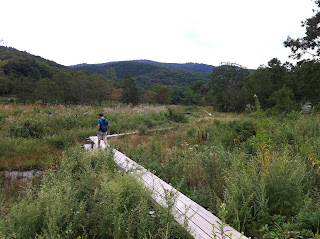Arte Piazza Bibai is stone sculptor YASUDA Kan’s creation.
Once there stood an elementary school. Most were lost as Bibai lost its edge as a coal mining community. Fortunately, one school building and a gymnasium were saved from dismantling and now function as artistic facilities at Arte Piazza. The first floor of the former school building even serves as a kindergarten, fully rehabilitated and getting more children due to its serene, friendly and artistic environment YASUDA created.
Enjoy some of the photos taken on September 12, 2009 when I joined the day tour to Moere Numa Park and Arte Piazza.
Once there stood an elementary school. Most were lost as Bibai lost its edge as a coal mining community. Fortunately, one school building and a gymnasium were saved from dismantling and now function as artistic facilities at Arte Piazza. The first floor of the former school building even serves as a kindergarten, fully rehabilitated and getting more children due to its serene, friendly and artistic environment YASUDA created.
Enjoy some of the photos taken on September 12, 2009 when I joined the day tour to Moere Numa Park and Arte Piazza.
Here you see a former school building. Schools have to be where children's heart and mind grow. Young people deserve well-designed school buildings and surroundings.
































